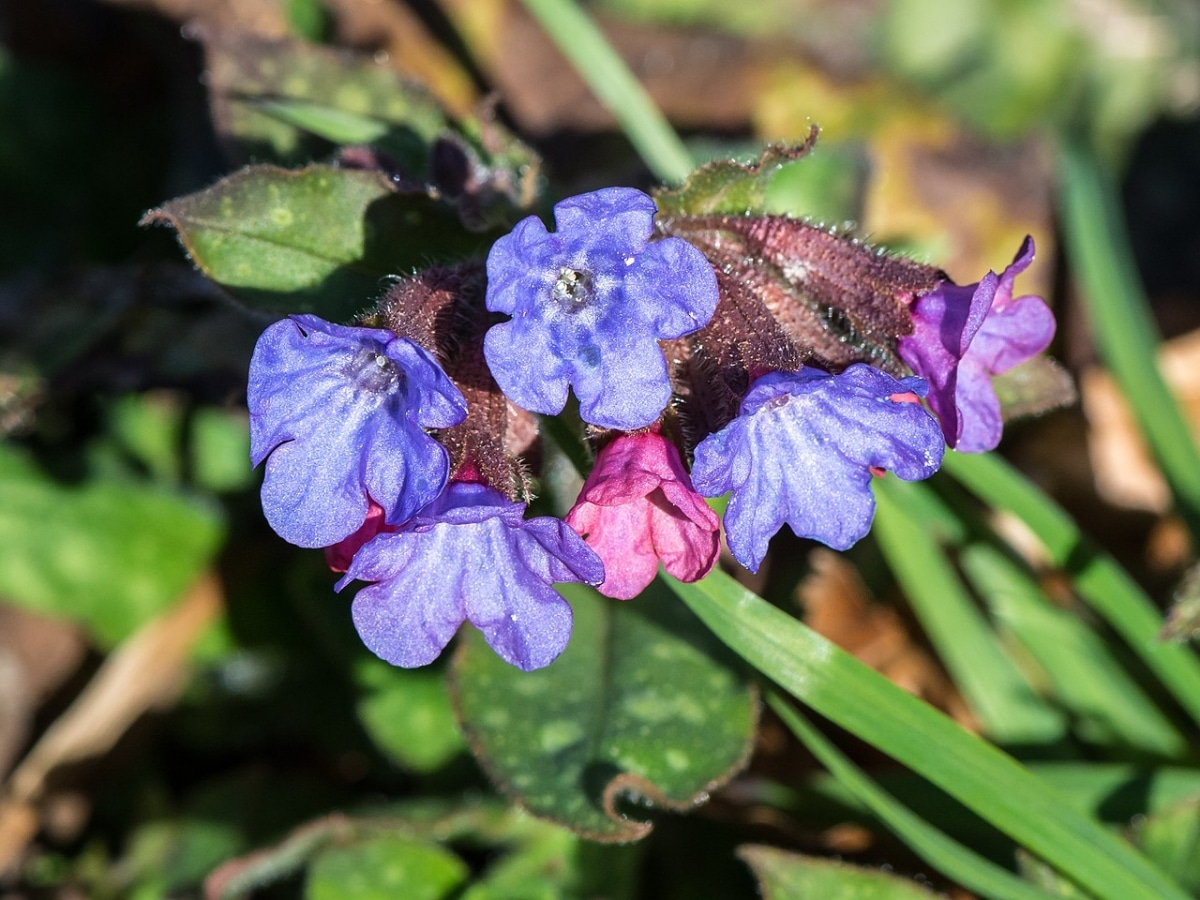
Image - Wikimedia / Uoaei1
Plants with large flowers are the ones that usually attract us the most, but those that are smaller, such as Pulmonaria, can also help us to have a very nice corner, especially if we plant them in groups, either on the ground or in pots.
In addition, Pulmonaria have small dimensions, something that is very interesting when we are interested in doing things like having a flower box on the balcony, or a beautiful plant in the center of the terrace table.
Origin and characteristics of Pulmonaria
Pulmonaria are a genus of herbs that belong to the Boraginaceae family, which are native to Eurasia. There are an estimated 18 species, of which they are characterized by being herbaceous perennial and rhizomatous plants with a height of about 30 centimeters. The stems grow straight, and from them sprout lanceolate to oval, acute basal leaves.
Its flowers are grouped in terminal inflorescences called cymes; This means that the first flower to open is the one furthest from the axis, and then the others do. They do not have petals, but they do have bracts of different shades of purple and pink.
Pulmonaria species
The most recommended types of Pulmonaria for gardens and pots are those that we comment on below:
Pulmonaria affinis
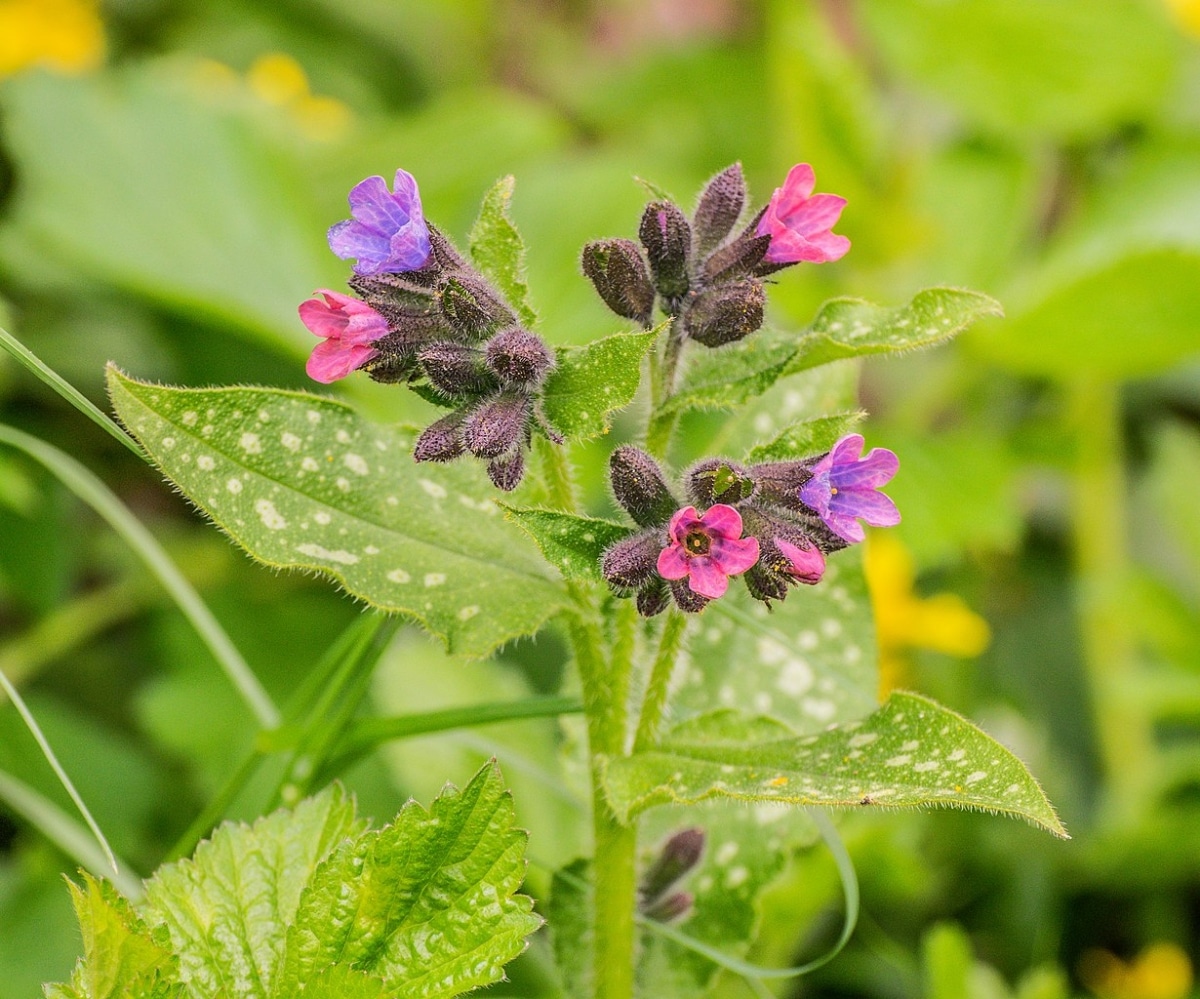
Image - Wikimedia / Krzysztof Golik
La Pulmonaria affinis it is a species that reaches a height of 30 centimeters. Produces purplish flowers in spring, and its leaves have white spots.
longifolia pulmonaria
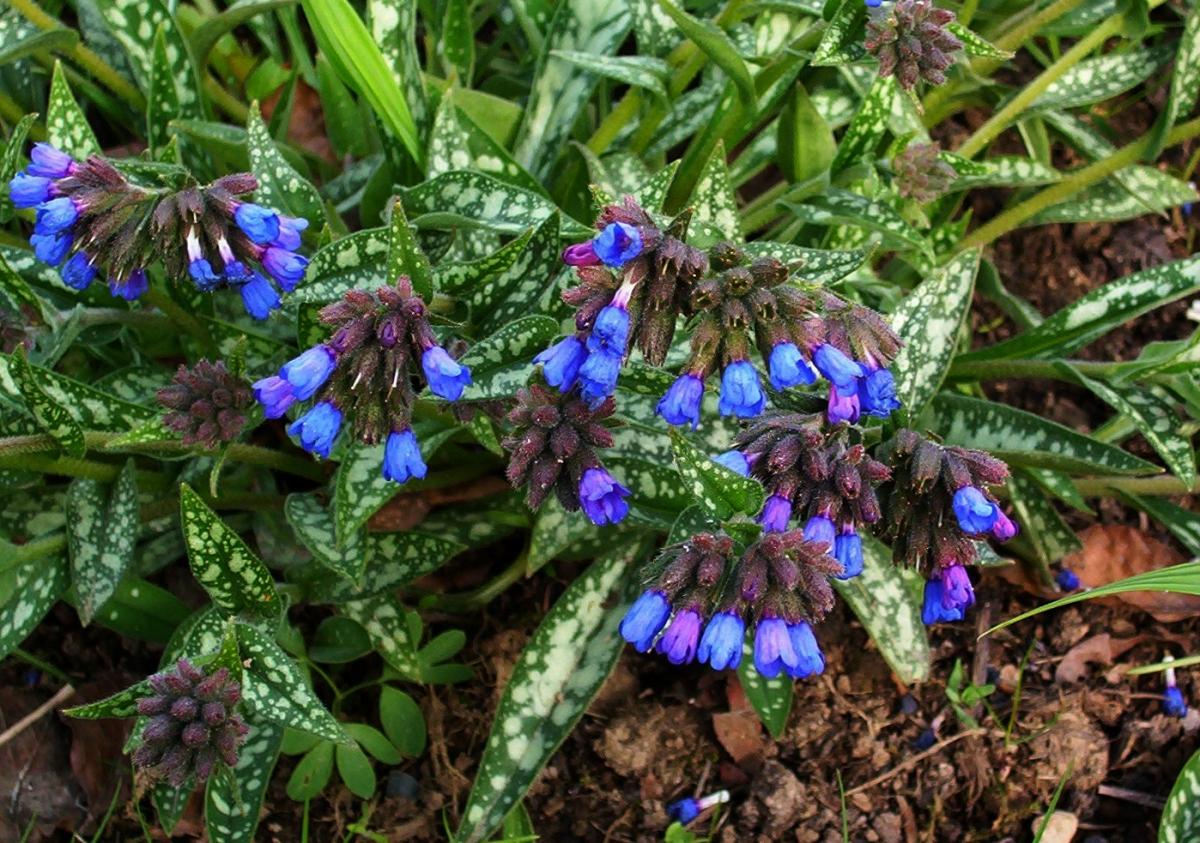
Image - Wikimedia / peganum
La longifolia pulmonaria It is a perennial plant that, as its name suggests, has elongated leaves. These are lance-shaped, so they are lanceolate, and green in color. Its flowers are first red and then bluish.
pulmonaria officinalis
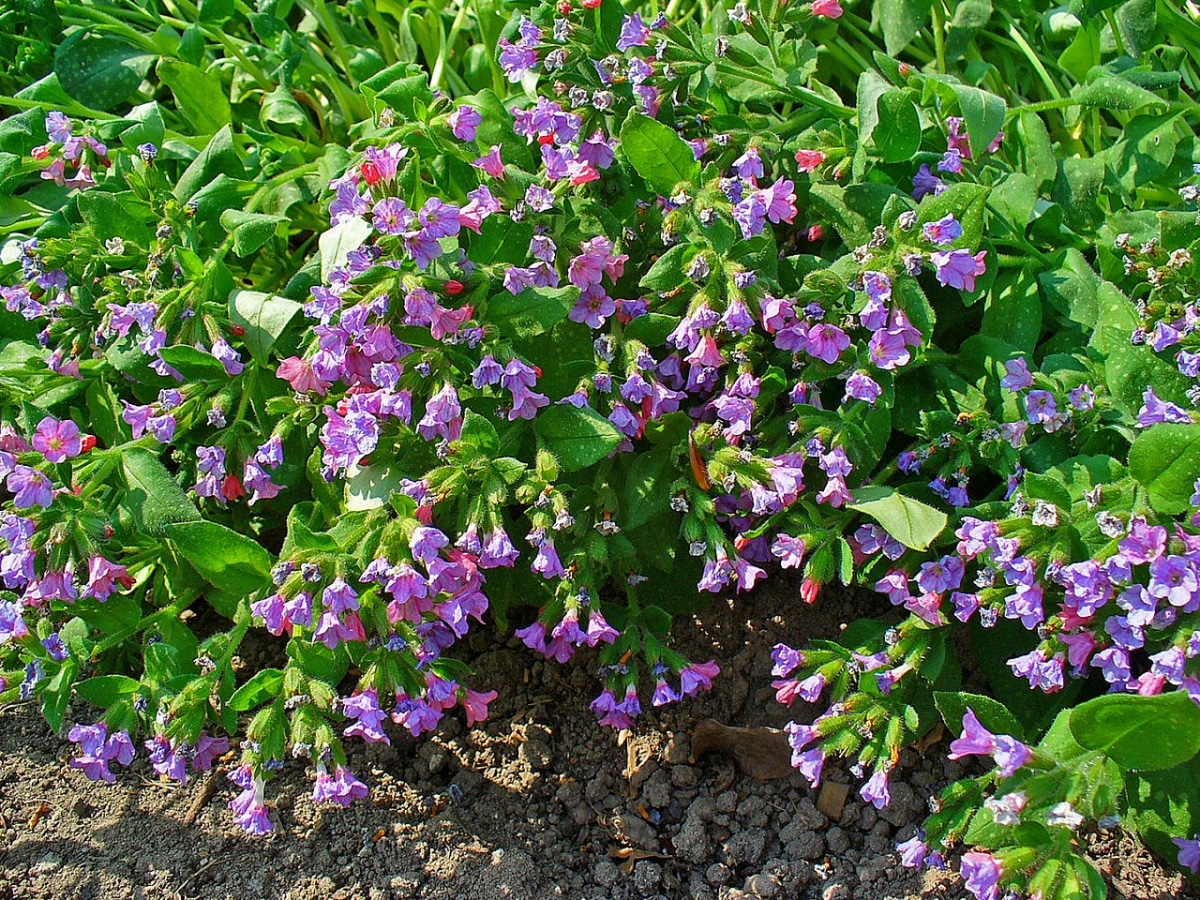
Image - Wikimedia / H. Zell
La pulmonaria officinalis It is a plant whose height ranges between 10 and 30 centimeters high. Its leaves are green and form basal rosettes with a long petiole. Flowers bloom in spring, and are pink to purple.
How are they cared for?
Would you like to grow a Pulmonaria plant in your garden or on your patio? If so, now is the time to know how to do it:
Location
The Pulmonaria they need light, so they should be kept in a sunny place if possible. In case that is not possible but you have an area where there is a lot of clarity, then you can place them there.
Its roots are not invasive, but keep in mind that they are rhizomatous, so that if you are going to have them in the ground they will form groups that, perhaps, you have to control a little if you prefer them to have a more compact size. You also have the option of planting them with the pot, or placing an anti-rhizome mesh in the hole.
Soil or substrate
- Garden: they will live in nutritionally rich lands, with good water absorption and filtration capacity.
- Pots: use mulch (for sale here), compost or the like. The pot must be one of those with holes in its base, otherwise the roots will rot.
Subscriber
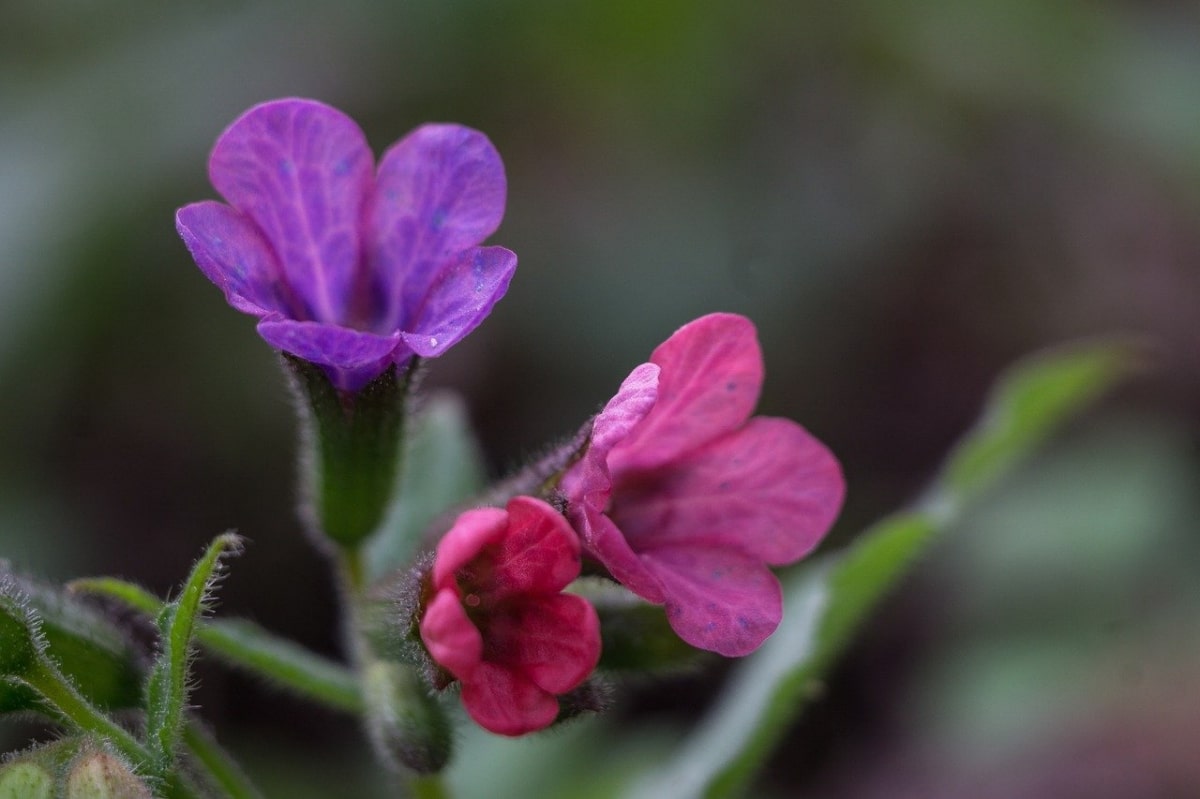
From the beginning of spring until after the summer, they must be paid. Use preferably fertilizers authorized for organic farming, such as herbivorous animal manure, guano (for sale here), etc. This is important, since Pulmonaria have medicinal properties as we will see below, and whenever plants suitable for human consumption are grown, it will be better to use organic products.
If you do not intend to consume them, then we recommend fertilizing them with a specific product for flowering plants, following the instructions for use.
Transplant
En spring, as soon as the last frosts have passed. But it will only be done if it is strictly necessary; that is, we will know if the time has come if we see the roots come out through the drainage holes of the pot.
And even so, we can be safer if it is a plant that has already been in the same container for 2 or more years, and if we pull it upwards -without using too much force-, since in this way if it is well rooted we will see that the earth bread comes out whole, without falling apart.
It is done in the following way:
- Transplant to another pot: you have to choose one that is about 5 centimeters wide and taller than the one you use now, and fill it with mulch or universal substrate. Make sure that it is neither too low nor too high with respect to the edge of the container, since ideally, the earth bread is a little (1 centimeter or less) below the edge so that when watering, the water does not get lost. Finally, water.
- Transplant to soil: dig a hole of about 50 x 50 centimeters, and if you are going to consider it necessary, cover it with an anti-rhizome mesh. Then fill it with universal substrate or compost, and carefully remove it from the pot. Then, plant it on the ground making sure that it is neither too high nor too low. Here the earth bread must also be a little below ground level. Finally, give it a conscience watering.
Multiplication
These herbs multiply by seed during spring. To do this, you have to sow them in seedling trays (such as garden trays for example that you can buy here, or forestry), with specific substrate (for sale here) previously watered, putting about two seeds in each alveolus which must be only slightly covered, not completely buried.
To finish, it is advisable to place a normal tray, without holes, under the seedbed, because when it comes to watering it will be where the water will be poured. This way, the seeds will not spoil or move around.
As long as they are viable, they should start to germinate after a week.
Rusticity
Pulmonaria are herbs that they resist the cold, and also the frosts. They can be grown outdoors without problems in temperate regions, where temperatures drop to -7ºC.
Pulmonaria uses
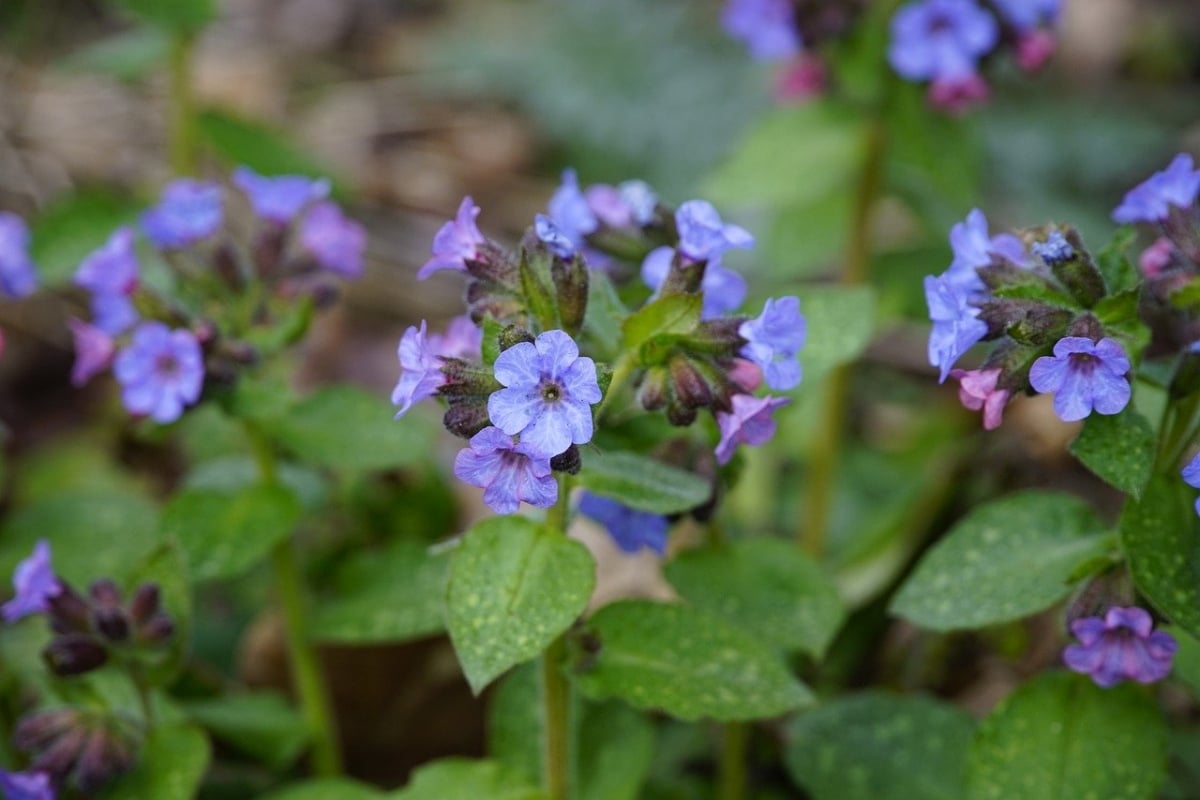
Pulmonaria plants are used to decorate gardens, terraces, balconies, etc., but also to take advantage of their medicinal properties. In fact, have been used for centuries to alleviate respiratory conditions such as cough, hoarseness, sore throat or bronchitis. In addition, it is also used to reduce and / or prevent inflammation, as well as sudorific and diuretic.
Its edible parts are the leaves and flowers, and can be consumed as tea, or as a decoction. In any case, we remember that before starting any treatment you should consult a healthcare professional.
What did you think of the Pulmonaria?